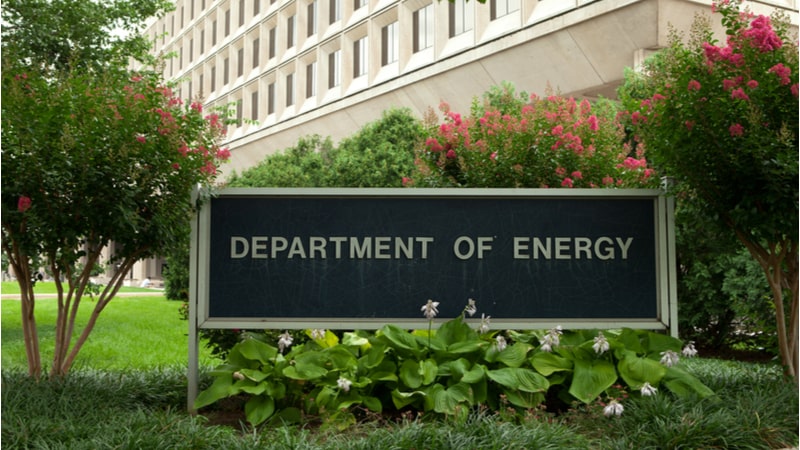
As the proliferation of AI technologies across the private and government sectors continues to pick up steam, the top technology official at the Department of Energy (DoE) pointed this week to several areas that are presenting challenges to integrating AI within zero trust architectures moving forward.
Ann Dunkin, DoE’s chief information officer, discussed some of the challenges that she and her agency are wrestling on AI and zero trust integration during the Box Government Summit hosted by GovExec on May 16.
“Any tool adds complexity, AI tools add a tremendous amount of overhead, we’re all struggling with how in the heck we’re going to manage all these AI tools,” Dunkin said. “We’ve got to figure out how to integrate those in architectures in ways that allow us to continue to use those tools.”
Dunkin laid out three main areas where DoE will continue to see challenges integrating AI into zero-trust architectures. One crucial area she discussed is the need for AI systems to be secured within themselves before crossing the bridge into zero trust architectures.
If an AI architecture is compromised, attackers “could potentially manipulate security protocols or create openings in the very security framework that is protecting the AI model,” Dunkin said.
Other challenges include scalability issues that would require a lot of resources to continually update AI models to reflect ever-changing cybersecurity landscapes.
“We’ve got to figure out how to make sure that that using AI is a useful tool and it doesn’t end up being a risk to our ongoing operations,” she emphasized.
Lastly, Dunkin said that AI is still at the bleeding edge of technology and offered that policymakers have yet to create legal structures to protect Federal agencies from running into compliance issues moving forward.
“AI has a tremendous opportunity to help us be better, but it also has a lot in terms of security,” she said.
“The risks it presents are significant,” she said, as are “the opportunities to make us more secure and … help us better understand our landscape to help us identify anomalies more quickly.” With those factors in mind, “I would strongly encourage you to use AI rather than to avoid AI,” the CIO said.
